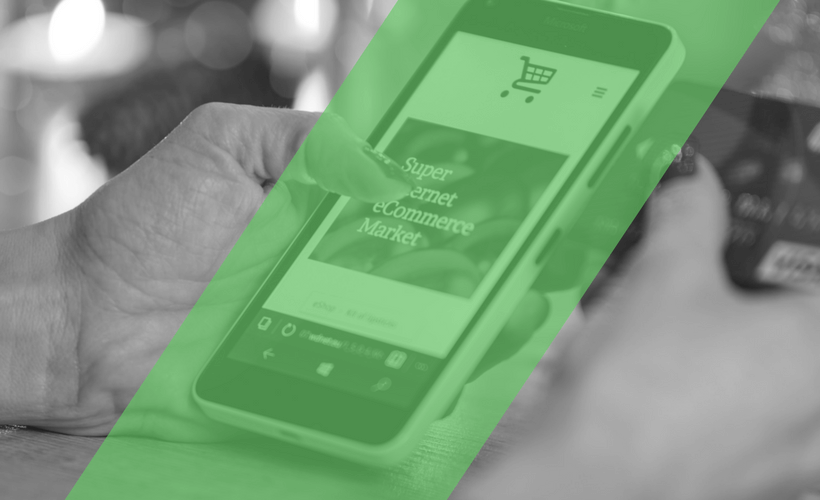Although Black Friday had good sales, surely a lot of people will do Christmas shopping during the first half of December.
Europeans spend much of their money on gifts for the Christmas campaign, and the United Kingdom is the country that most spends, with more than £280 (€316) on average. Quite a bit more than the European average, which stands at €188 according to the latest study carried out by the consultancy Deloitte.
What this study points out is that although physical stores are still preferred by consumers, online channels continue to grow as a means of purchase.
In fact, one of the advantages of buying in traditional stores is the security of the transaction and data protection.
However, we should not stop making purchases online because of this. We must simply apply certain measures and be alert to any abnormality.
For this, at Open Data Security we give a small list of tips which will be helpful for identifying those threats in time. Don’t let a lack of precautions embitter your Christmas spirit when buying online.
1. Be aware of bargains

As we said in our Cybersecurity Guide for Dummies, if something is too good to be true, then it is very likely to be fraudulent or harmful.
That is why we must flee from the suspicious and unknown e-commerce bargains that offer dubious or hard-to-believe discounts.
2. Always look for the padlock

We must always buy from trustworthy stores with a good reputation. Either because we know them in advance or because someone has recommended it to us.
On the other hand, we can not trust those pages that do not have the famous padlock that guarantees they are “https” (appearing in the browser bar) and, therefore, ensures that the traffic is encrypted. Those with a lock usually have a green bar in the browser that says “secure connection”.
If the lock is yellow or red, it is better not to buy on that site.
3. Visit pages with a “stamp”

In addition to the padlock, there are the so-called “stamps” that usually appear at the end of each site. These stamps guarantee that the member companies will periodically undergo a complete evaluation of quality, safety and service. Also, if we have problems with a purchase, we can claim free of charge through the entity that has issued the stamp.
On the website of The European eCommerce & Omni-Channel Trade Association (EMOTA) you can find the different trust stamps that identify a secure electronic commerce.
The first time we visit the site of an electronic commerce, we should always look for it.
4. Do not use unknown wireless networks

It is always advisable to connect to the Internet from our Wi-Fi network or from trusted private networks.
Therefore, avoid making purchases from public wifis (cafeterias, libraries …). This is always a measure to remember since they are less secure and it is an easy way to steal bank data.
5. Do not save the bank card number on any website

This is vital advice so that credit cards are not used by strangers to make purchases. Companies always have the risk of suffering a cyber attack even if they are secure, which allows cybercriminals to obtain our banking information.
6. Do not make purchases from a public or another person’s computer

This is a basic rule to protect against cybercriminals. Do not make purchases online from, for example, a cybercafé, or from someone else’s computer.
Navigating from private or secure devices, such as our computer, mobile or tablet is better than buying from public computers because we do not know who else will use them.
7. Beware of Trojans

If the computer starts to have strange behaviors, it is better not to continue shopping online. If on the screen things move by themselves or the computer works extremely slowly you may have a “visitor”, possibly a Trojan, who is accessing sensitive data such as bank data.
8. Distrust the offers that you receive by email

It is very common to receive offers by email, but we must not trust everything that appears in them, or click on any link. In some cases it may be an email that contains an unknown sender and may contain a virus.
If we are really interested in the offer, it is better to visit the website manually. This means typing in the address bar the shop domain and looking for the product there.
On the other hand we must also avoid making transactions by email. There are cases in which the alleged seller asks us for our banking information by email in order to continue with the purchase, and it is something we should not facilitate under any circumstances.
9. Use strong passwords

Do not use easy to guess passwords when we register in an e-commerce, such as our birthday, the name of our pet … Better to be alphanumeric and combine letters and numbers.
And when you finish buying, remember to always close the session.
10. Check the movements of our credit card

It is also important that, after making several online purchases, to check all movements and charges in your account.
If any of the charges are suspicious, you will have to contact your bank.
Need help?
If we follow this series of recommendations we will be able to avoid the theft of our most precious information.
Even so, we can always count on experts to advise us personally and that can respond to the main threats that can be found nowadays on the Internet.
At Open Data Security we are experts in cybersecurity, so do not hesitate to contact us with any questions.
- Phishing in social networks: do not trust your friends - August 29, 2018
- Mr Robot: cyber security lessons at home and from the sofa - April 11, 2018
- No one is safe from cyberattacks, and celebrities are no exception - April 4, 2018







Comments are closed.